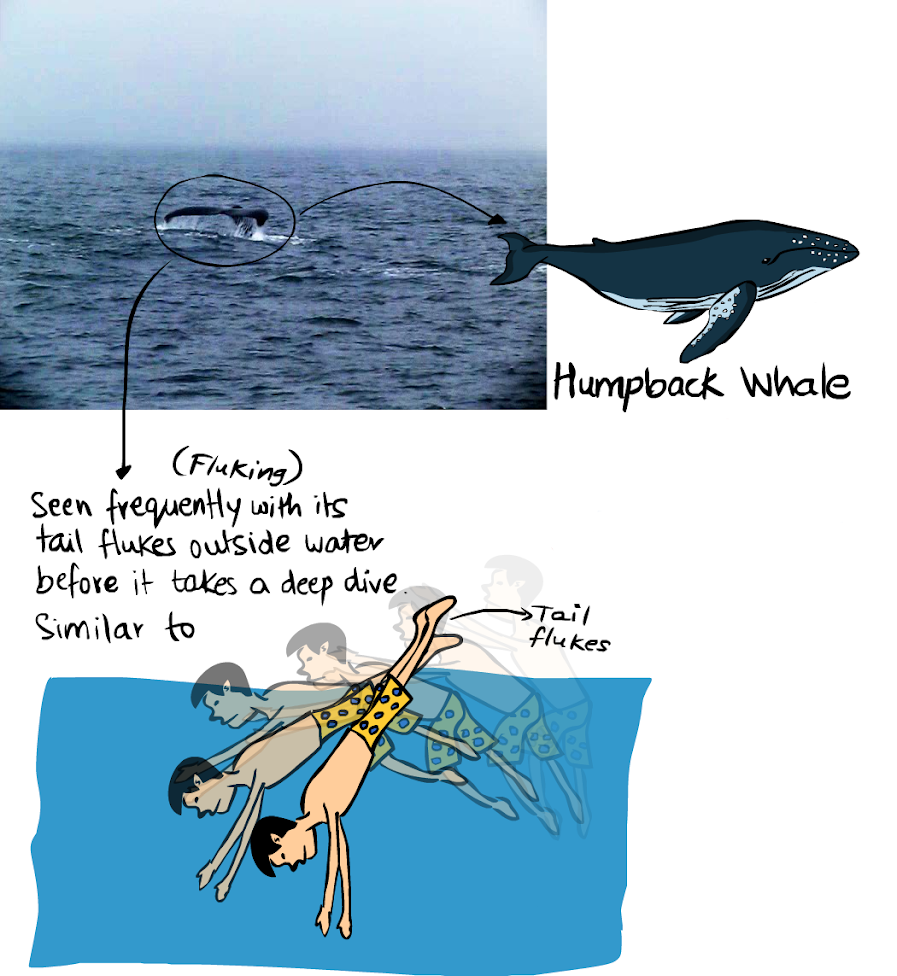An exchange student is defined by someone who comes over to a new country to experience the new culture and learn the language. During their stay they might rub you the wrong way by asking questions like "why do most people here walk around sipping soda from gallon cups?" or "why do restaurants serve food with portions large enough to feed an entire African village?" or sometimes even "why do they show commercials of prescription drugs?". And then now that they have blown your fuse, you respond with a stern "'Coz this is 'Murica, kid. The land of the free and the home of the brave" which usually silences them.
Similarly, we have students who left the comfort of land and went to spend their lives in water. In exchange, the water sent some students to stay with us on land.
One such example of something that transitioned from water to land are the Pill Bugs or Roly Polies. Pill bugs can be found in our soil running around, playing like a toddler eating all decaying stuff they come across. Despite people calling them bugs, they are not bugs in the true sense. Pill bugs are isopods which means they are not even insects.
Not getting an insect membership means they don't have the usual 6 legs, wings and 3 distinct body segments.
If you have ever picked them up and flipped them, you will see white spots on the bottom part of their undersides that resemble gill-like structures. These are areas which they need to keep moist and are used for respiration.
Here is one called only by the scientific name of Synidotea laticauda. Wow, you might well bite your tongue saying that name. You can tell how many human friends a creature has by how many common names it has. Since this one only has a scientific name, you can tell this one is not going to win the popularity content anytime soon.
Anyways, here is how they roll around in their marine environments.
People who dig stuff for a living have found fossils which indicate that whales and dolphins were on land almost 50 million years ago. They then said, they are fed up with their clothes getting soiled every time they play, so they wondered where could they go where they could never have to worry about getting dirty again. "Water" quipped one smart cookie and so they packed up all their stuff and departed for the water. Little did they know about the BP oil spills in the future.
Anyways, having evolved from four footed land animals they still need to come out of water to get their dose of oxygen unlike other fishes.
Because like the pill bugs they never forgot where they came from.
This is great for people on whale watching trips, since it gives away their presence when you see them slapping their tail before they make the next deep dive for food.











No comments:
Post a Comment
Did you learn something new in this post? Let us know in the comments below